RSS
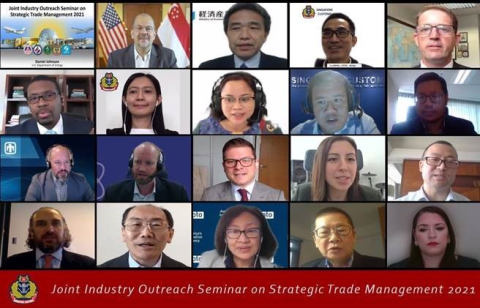
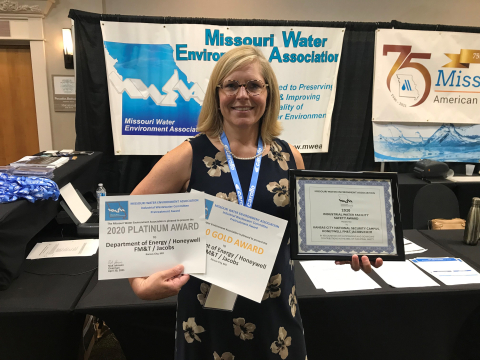
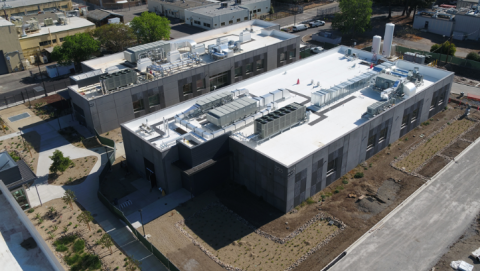
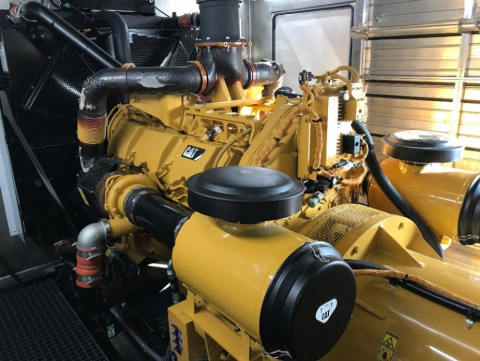
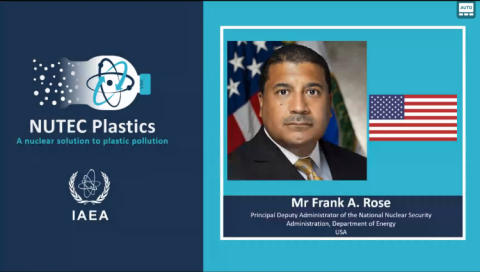

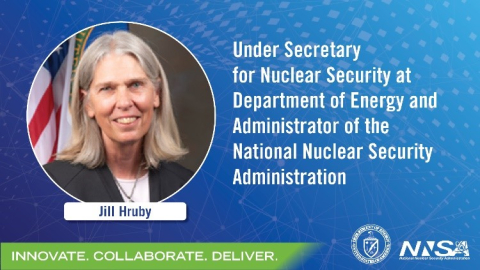
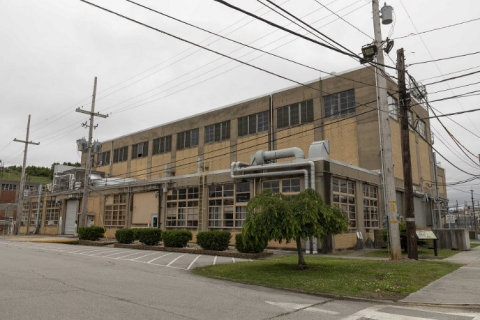
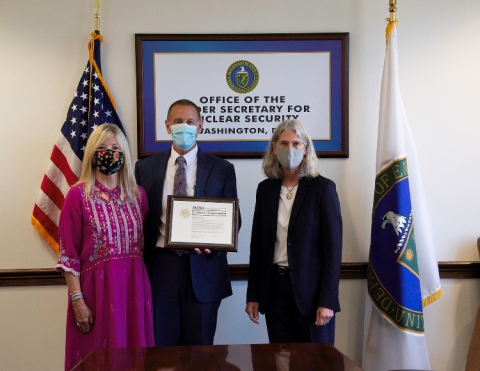
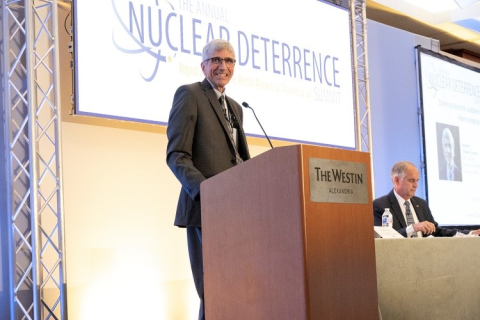

Last month, several governments and U.S. federal agencies came together in Singapore to discuss strategic trade controls best practices and highlight updates to export control laws and regulations across the region.

The Industrial Wastewater Pretreatment Facility team at KCNSC recently won two awards for quality and safety from the Missouri Water Environmental Association. The city of Kansas City, Missouri nominated KCNSC for this honor.

NNSA is all about security and efficiency, and the Lawrence Livermore National Laboratory (LLNL) has a brand-new building to deliver just that.

Two recent projects, the 234-H Main Side Diesel Generator Replacement Project, and the Device Assembly Facility Standby Power Replacement Project, are helping two NNSA sites complete their missions

NNSA will contribute $1 million to the International Atomic Energy Agency’s effort to combat plastic pollution with nuclear technology, Principal Deputy Administrator Frank Rose announced during a virtual roundtable last month.

RadSecure 100, a new initiative from NNSA’s Office of Radiological Security (ORS), aims to remove radioactive material from facilities where it can and improve security at the remaining facilities. It is focused on 100 metropolitan areas across the Nation

Administrator Hruby's remarks at the Joint Annual Meeting of the Institute of Nuclear Materials Management and the European Safeguards Research and Development Association.

The public will soon be able to get a sneak peek inside Y 12 National Security Complex’s Building 9731 – a historic Manhattan Project-era building – without ever stepping foot on site.

NNSA Administrator Jill Hruby presented Douglas M. Cotter, Senior Program Manager of the Space Nuclear Detonation Detection program in NNSA’s Office of Defense Nuclear Nonproliferation, with the inaugural General John A. Gordon Award

NNSA and the Nuclear Security Enterprise were well represented at this year’s Nuclear Deterrence Summit held earlier Aug. 3-5 in Alexandria, Va. NNSA speakers and panelists discussed the latest agency updates.

